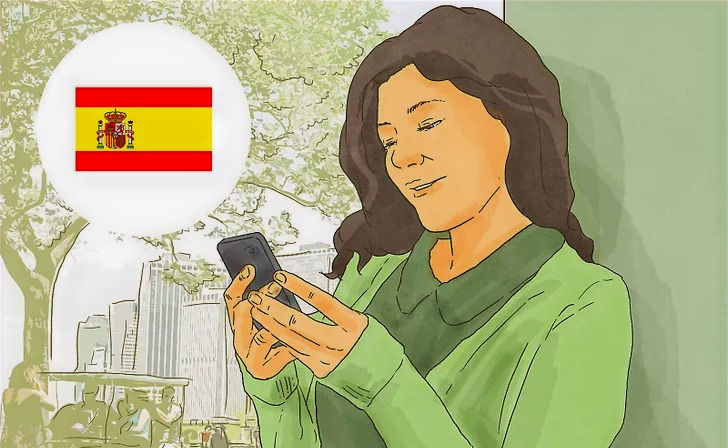
License: Creative Commons
Learning Spanish or any other language can be a bit of a challenge for some. However, by being resourceful and by utilizing technology, you can learn a new language. Here are some ways you can do so.
Begin With What You Know
Start with the Spanish Words in Filipino. There is a reason why your teacher reviews past lessons and connects them to new topics, the reason being is to synthesize new information and to reinforce learning. In so doing, your knowledge base is reinforced and expanded with new information and is then made rich. To keep it simple, we'll just call this your "mental library of information." In learning Spanish, utilizing your mental library by starting with what you are familiar with or what you know provides a big boost in your Spanish language learning. You can do this by first identifying the Spanish words native in your first language as Filipino. For instance, in Ilocano, these words could be caballo, soldado, carabasa, cutcharita, cancion etc.. Other Filipino languages would have their own sets or may overlap with those mentioned. By identifying those Spanish words nativized in Filipino languages, you expand your knowledge base by associating the words you know in your first language in the context of Spanish. Hence, new meanings are made in the process.
One Step a Time
Start with one attainable goal at a time. Depending on your learning preferences you may begin with ten vocabulary words a day and start using them. If you are a Filipino this could come in easy as the recall of words like uno, cinturon, and como esta is almost instantaneous. For instance, you may use Spanish numerals when buying things, or when you are counting your change, etc. Once, you've expanded your vocabulary then you may slowly start picking up grammar.
Utilize Technology
Learn with technology. With today's language learning apps like Duolingo and Babbel it is now possible to learn any language on the go, albeit with limitations as immersion is still better when it comes to developing proficiency. By taking advantage of these apps to compliment your learning, being a polyglot could be a click away.
Be Observant
The Philippines is a Hispanic country. The term "Hispanic" is sometimes erroneously thought by some as a purely racial construct, this misconception, of course, is a misrepresentation. The term Hispanic is more of a social and cultural construct, of which race is merely a subset of it. The Philippines is one Hispanic culture that has a lot of Spanish words describing its traditions, culture, places, and values. By being observant of your culture, you get to pick up Spanish words and learn about your country at the same time. For instance, you can look at the names of old Churches and then find out the meaning of Nuestra. Another example is to look at the meaning and origins of the names of some of our foods (leche in leche flan) or traditions (Pit Señor). Just look around you and be observant.
Mistakes are Inevitable
Mistakes are a part of the learning process. As you go deeper into your learning, you'll inevitably be making mistakes along the way. This is natural, it is a part of the learning process, so don't be afraid of making mistakes.

Comments